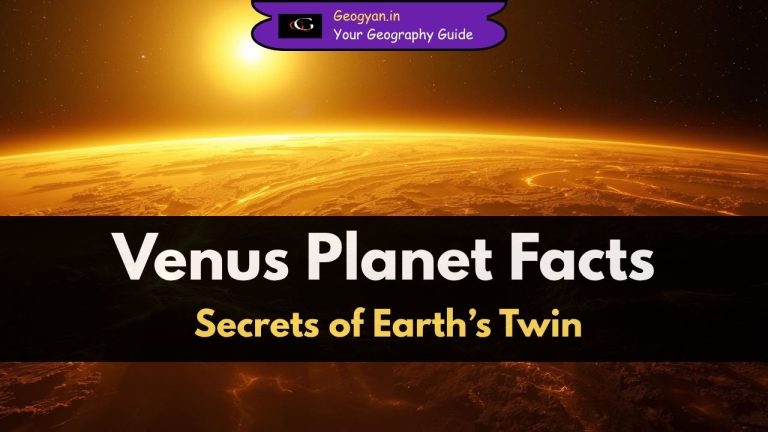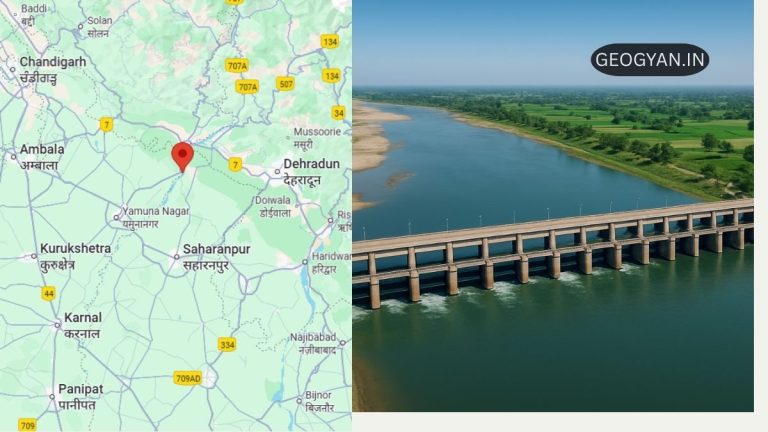Estimated reading time: 6 minutes
Table of contents
Introduction
Tsunamis and seismic sea waves have a profound impact on coastal areas, often resulting in widespread destruction and loss of life. Here, we will explore the causes and characteristics of these natural phenomena. From the rapid displacement of ocean water to the devastating consequences they unleash, join us as we unravel the science behind tsunamis and seismic sea waves. By understanding these forces, we can work towards mitigating the risks associated with these powerful events.
The Causes of Tsunamis and Seismic Sea Waves
Tsunamis, derived from the Japanese words “tsu” (harbor) and “nami” (wave), are long-wavelength, shallow-water progressive waves caused by the sudden displacement of ocean water. They can result from various sources, including seismic activity, underwater landslides, volcanic eruptions, asteroid impacts, and other direct disturbances to the water surface. When generated by the vertical movement of Earth along faults, they are specifically referred to as seismic sea waves. It is important to note that while all seismic sea waves are tsunamis, not all tsunamis are seismic sea waves.

Tsunamis as Shallow-Water Waves
Despite their enormous size, tsunamis are considered shallow-water waves. This classification is based on the fact that these immense waves never find themselves in water deeper than half their wavelength. Due to their long wavelengths, which can reach up to 200 kilometers (125 miles), even the deepest ocean trenches, which do not exceed 11 kilometers (7 miles) in depth, are relatively shallow for tsunamis. As shallow-water waves, tsunamis react to the contours of the ocean floor, often refracting in unexpected ways.
Speed of Tsunamis
The speed (C) of a tsunami is given by the formula for the speed of a shallow-water wave:
C = √gd
We can see that the speed of a tsunami depends on gravity and the depth of the water. With gravity’s acceleration at approximately 9.8 meters (32.2 feet) per second and typical ocean depths of around 4,600 meters (15,000 feet), tsunamis can travel at speeds of approximately 212 meters per second (470 miles per hour). This remarkable velocity allows tsunamis to cover vast distances in a short period. For example, the 2004 seismic sea wave that occurred in the Indian Ocean took only about 15 minutes to reach the Indonesian coast and approximately 2 hours to progress to Sri Lanka. Such swift movement demonstrates the devastating potential of these waves.

The Impact of Tsunamis on Coastal Areas
Encountering a tsunami can be a terrifying experience. While tsunamis are virtually unnoticed beneath ships at sea due to their low steepness and long periods (5 to 20 minutes), their behavior dramatically changes as they approach the shore. As the crest of the tsunami reaches the coast, the wave’s period remains constant, but its velocity decreases, resulting in a significant rise in height. This sudden increase in wave height creates a rapid surge of water that resembles a fast-moving tide. The destructive power of this onrushing flood can be immense, especially in confined coastal areas near the point of origin.


Historical Examples and Impacts of Tsunamis
Tsunamis have a long and destructive history, leaving behind evidence of their devastating effects. Researchers have discovered signs of ancient tsunamis, such as a wave that struck the Texas coast 66 million years ago, possibly caused by an asteroid or comet impact. The collapse of the Strongyle volcano on the Greek island of Thera around 1600 BCE generated tsunamis that decimated the advanced Bronze Age Minoan civilization on nearby Crete. In more recent history, the 1883 volcanic explosion of Krakatoa in Indonesia generated massive waves that caused widespread destruction and claimed thousands of lives.

Tsunami Warning Systems and Preparedness
In order to save lives and mitigate the impact of tsunamis, international tsunami warning networks have been established. These systems rely on seismic sensors, submerged devices, satellites, and real-time monitoring to detect seismic activity and issue timely warnings to coastal communities. However, the effectiveness of these warning systems relies on public awareness and preparedness. Communities in vulnerable areas must be educated about evacuation procedures and have access to reliable communication channels to receive warnings promptly.
Conclusion
Tsunamis and seismic sea waves are natural disasters with catastrophic consequences. By understanding their causes, characteristics, and historical impacts, we gain valuable insights into the immense power they possess. Through the implementation of effective warning systems and preparedness measures, we can work towards reducing the loss of life and minimizing the destruction caused by these destructive waves. As we continue to advance our knowledge and technology, let us strive to create a safer future for coastal communities worldwide.
You May Also Like






























One Response